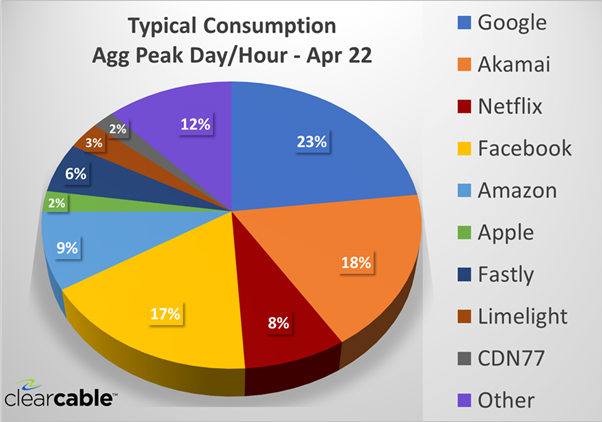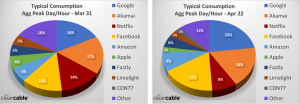
WITH SO MANY Canadians remaining at home due to the Covid-19 crisis, Netflix has confirmed it will continue with the measures it deployed last month to decrease its traffic impact on ISP networks by 25%.
The company updated its blog post on the matter last week to say it has increased its own capacity too, adding, “we are working with ISPs to help increase capacity. In the last month alone we have added four times the normal capacity.” These developments will aid Netflix customers in accessing content, especially if they are customers of larger ISPs, but does little to ease the impact on the networks of smaller ISPs.
The blog post also noted that as pandemic conditions improve, the company will lift the limitations it has applied to its streams but for now they remain in place, confirmed a company spokesperson.
However, Netflix streams are not the only sources consuming wide swaths of bandwidth on ISP networks. Clearcable, of Hamilton, Ont., runs broadband networks for many independent tier II carriers in North America and it provided us an update of which applications are now taxing ISPs the most – which is pictured above. Netflix is in the top 10, but others cause far higher network impacts.
“This represents the top ten sources of traffic over a representative cross section of networks during peak time,” Clearcable CEO Rob McCann told us in an email. “The top ten sources account for roughly 90% of overall aggregate traffic at peak time. The 10th is listed as other because it is different in various instances. (The) chart shows the proportion of traffic attributable to a given source that appears in the top ten. Individual networks may have slightly different results but this provides a high level perspective,” he said.
“Netflix is definitely decreased as a percentage… but Google and Facebook are up. I really suspect this is all the live performance streaming/concerts.”




